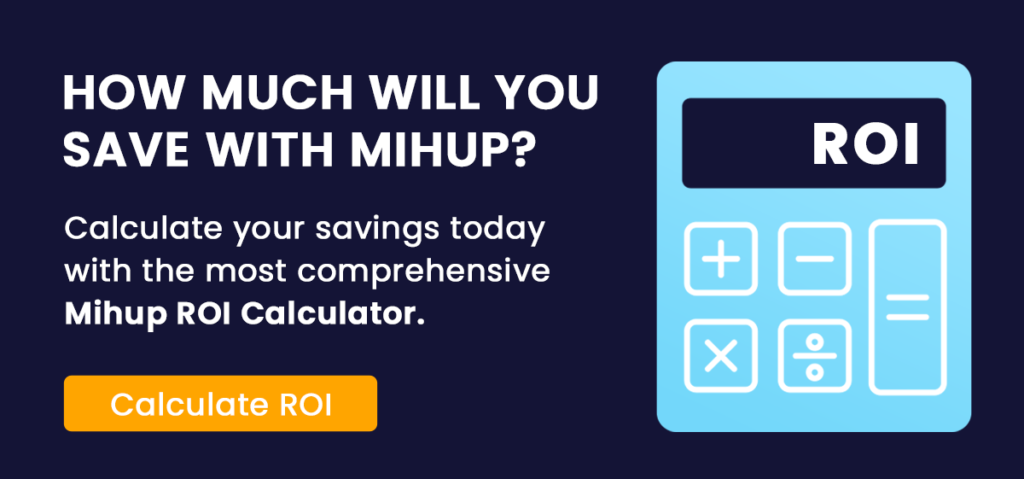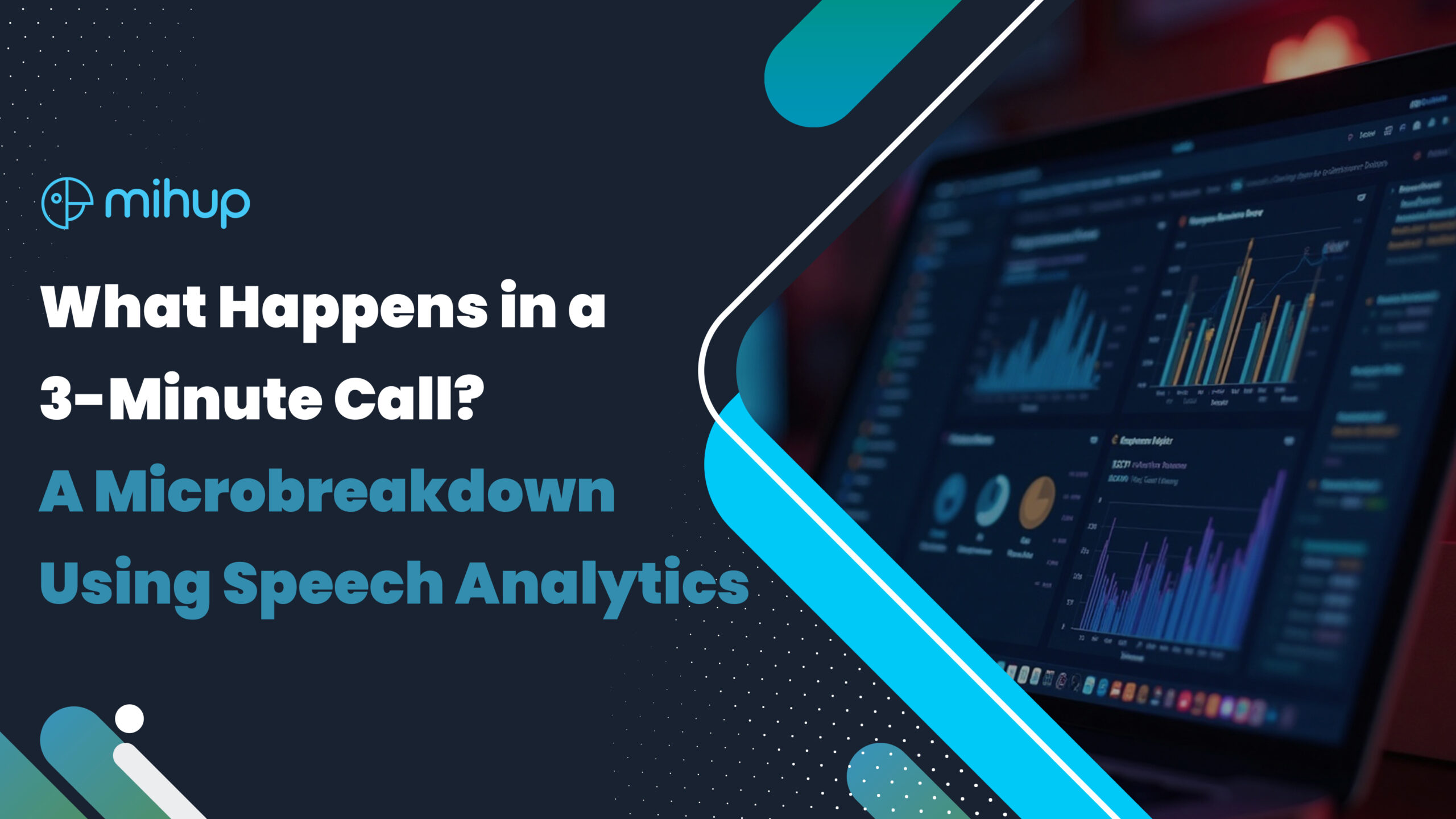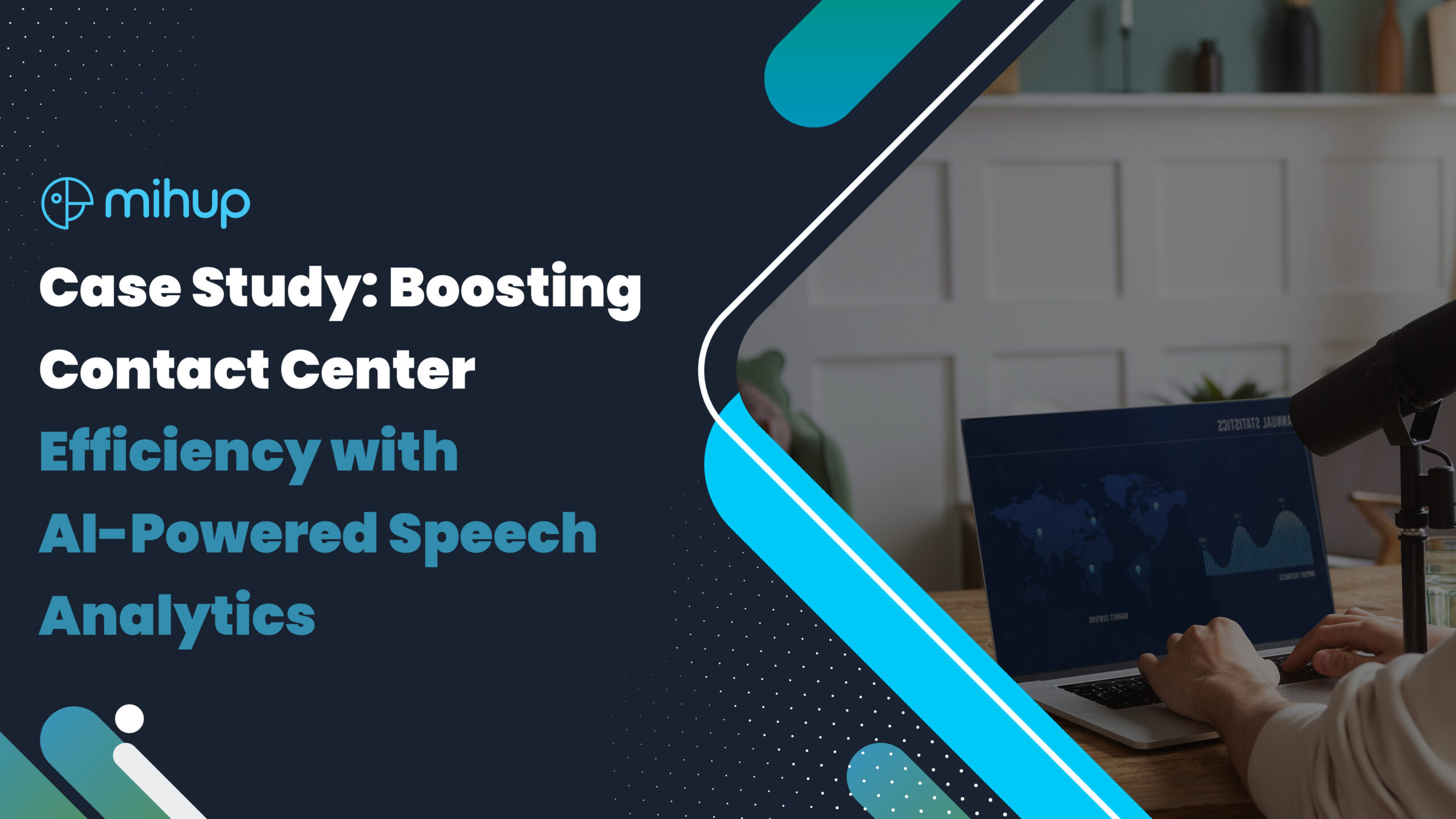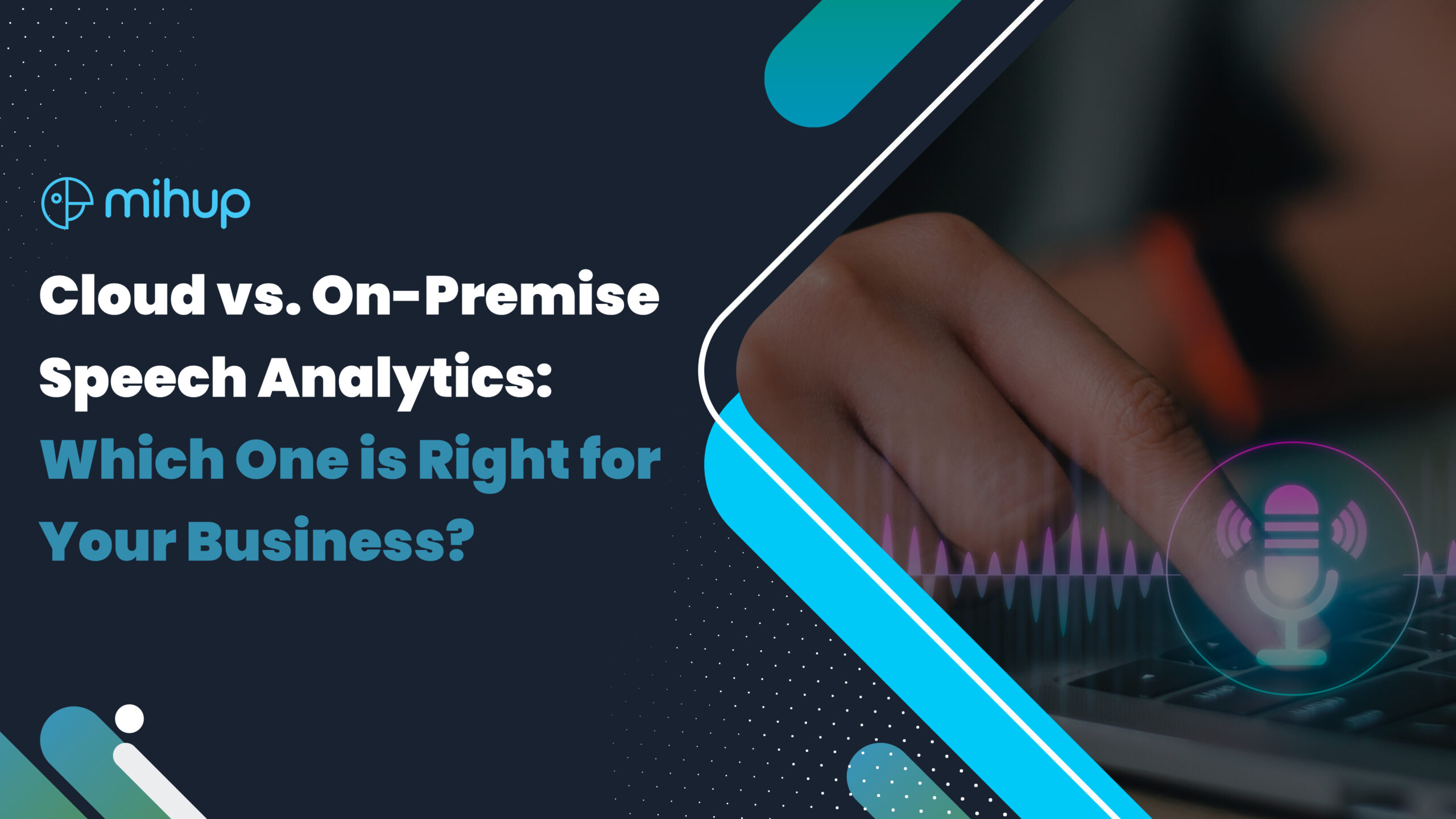Speech Analytics Through the Years
Speech Analytics has come a long way since its inception. Over the years, advancements in technology and data analytics have significantly evolved Speech Analytics, making it a more powerful and sophisticated tool for businesses. It is now a part of Conversational AI
One of the significant advancements in Speech Analytics is real-time analysis. With the help of speech recognition software, businesses can now analyze customer interactions in real time, providing immediate feedback to call center agents. This allows for prompt interventions and issue resolution, leading to improved customer satisfaction and loyalty.
Real-time Speech Analytics now allows for the use of scripted responses during customer interactions. Based on previous calls with similar issues, speech recognition software can generate scripted answers for call center agents to use, enabling them to respond more effectively to customer inquiries and complaints. This feature enhances call center agents’ performance and consistency in handling customer interactions.
Speech Analytics software can now detect the emotion and stress levels of customers during interactions, providing valuable insights into customer sentiment and experience. This helps businesses to better understand customer needs, preferences, and pain points, leading to improved customer engagement and satisfaction.
Leveraging Speech Analytics businesses can now generate detailed reports and dashboards that provide insights into various aspects of customer interactions, such as call handling times, call resolution rates, regulatory compliance, and more. These insights allow businesses to identify trends, patterns, and areas for improvement, leading to enhanced operational efficiency and customer experience.
Leveraging the Power of Speech Analytics in Contact Centers
Speech analytics has become an essential tool in the contact center business due to its ability to provide valuable insights into customer interactions, leading to improved customer experience, operational efficiency, and business outcomes.
The most crucial use of Speech analytics is that it enables contact centers to gain insights into customer interactions, including customer sentiment, preferences, and pain points. This information helps contact centers identify areas for improvement in agent behavior, call-handling processes, and overall customer service. By analyzing speech data, contact centers can make data-driven decisions to enhance customer experience and build customer loyalty.
Speech analytics also allows contact centers to monitor and analyze customer interactions in real-time or post-call to ensure quality assurance and compliance with regulatory requirements. It helps identify issues such as agent adherence to scripts, compliance with company policies, and regulatory guidelines. This helps contact centers monitor agent performance and maintain compliance, mitigate risks, and avoid legal and financial penalties.
Speech analytics helps contact centers identify operational issues such as call handling times, first-call resolution rates, call volumes, and agent performance metrics. These insights allow contact centers to identify areas for improvement, optimize call center processes, and enhance operational efficiency. For example, identifying patterns of long call times can help contact centers streamline call-handling processes, reduce wait times, and improve overall efficiency. This will improve the agent’s communication skills, call-handling techniques, and overall performance.
Current Trends in the Market
Speech analytics is projected to be a major growth driver for businesses, and it is one of the fastest-growing segments in call center management technology. According to market research, globally the market is expected to reach a value of US$5.9 billion by 2027, with a compound annual growth rate (CAGR) of over 22% during the forecast period.
This growth in the speech analytics market signifies the increasing recognition of the power and potential of this technology in driving business success. It is not limited to specific sectors, as it is already widely used across various industries such as healthcare, financial services, utilities, automotive, and travel.
If your business has not yet embraced speech analytics or included it in your roadmap for the next 12 months, you may risk falling behind the competition. Being proactive in adopting speech analytics can help businesses stay ahead and capitalize on the opportunities it presents for better customer engagement, operational efficiency, and overall business success.





